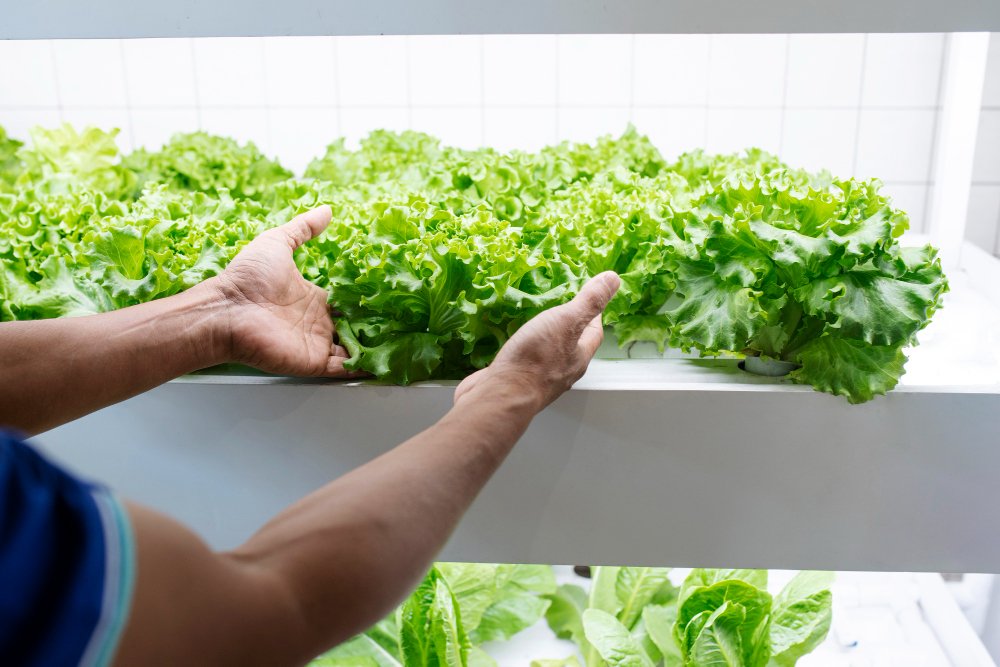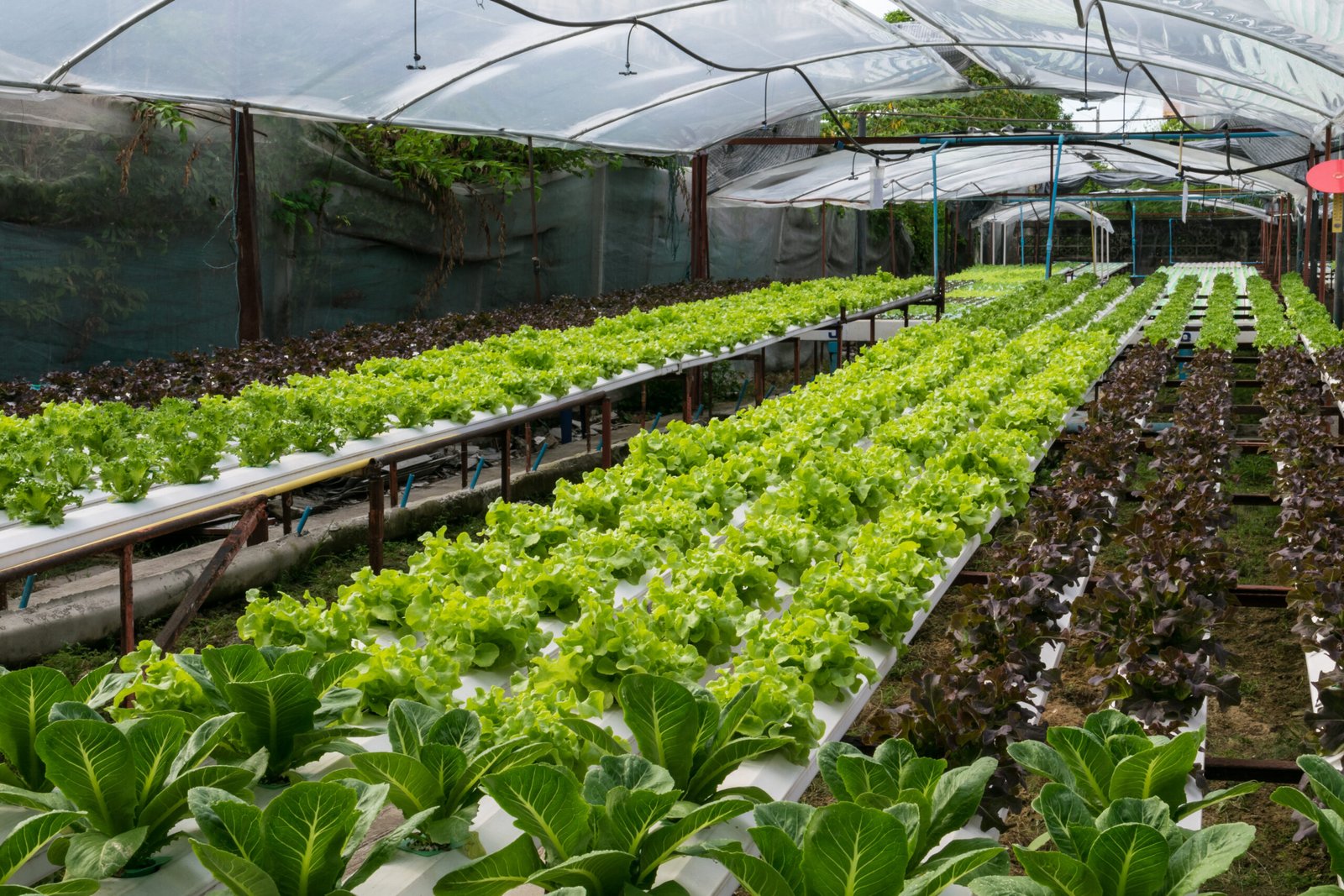⚫ Introduction:
Hydroponics/Soilless/soilless-based culture farming, the method of growing plants without soil using nutrient-rich water solutions, is revolutionizing agriculture. It allows for efficient water use, faster plant growth, and the ability to grow in places with poor soil conditions. However, as with any food production method, food safety is a critical concern. Ensuring the safety of hydroponically/Soilless-based grown produce involves understanding potential risks and implementing best practices to mitigate them.
⚫Spotting the Risks: Potential Food Safety Hazards in Hydroponics
- Contaminated Water Sources
The Risk: The water used in hydroponic/soilless systems is crucial as it carries the nutrients to the plants. Contaminated water can introduce pathogens like E. coli, Salmonella, and Listeria, posing significant health risks.
The Solution: Regular testing and purification methods are essential to maintain water quality for soilless farming - Nutrient Solutions and Additives
The Risk: Nutrient solutions must be prepared and stored correctly. Improper handling or contamination can lead to the proliferation of harmful microorganisms.
The Solution: Hygienic preparation and proper storage practices are necessary. - Cross-Contamination
The Risk: Handling plants, tools, and equipment without proper sanitation can spread pathogens. Cross-contamination can occur from using contaminated tools or from workers not following proper hygiene practices.
The Solution: Implement strict sanitation protocols for tools and personnel. - Environmental Contaminants
The Risk: Growing plants in an environment exposed to pollutants, chemicals, or pests can compromise food safety. The controlled environment of a hydroponic/soilless system helps reduce these risks but does not eliminate them.
The Solution: Maintain a clean and controlled growing environment. - Human Handling
The Risk: Workers involved in the cultivation, harvesting, and packaging of hydroponic produce must follow strict hygiene protocols to prevent contamination.
The Solution: Ensure workers adhere to hygiene and safety standards.
contamination.
⚫Top Tips for Food Safety in Hydroponics/Soilless
1. Water Quality Management
Test Regularly: Frequently test water sources for microbial contamination and chemical pollutants. Ensure that the water meets safety standards for irrigation.
Purify Water: Use filtration, UV sterilization, or chemical treatments to purify water before use in hydroponic systems.
2. Proper Nutrient Solution Management
Hygienic Preparation: Prepare nutrient solutions in a clean environment using sanitized equipment.
Secure Storage: Store nutrient solutions in clean, covered containers to prevent contamination.
Consistent Monitoring: Regularly monitor the concentration and pH of nutrient solutions to maintain optimal growing conditions and prevent microbial growth.
3. Sanitation Protocols
Clean Equipment: Regularly clean and sanitize all tools, containers, and growing trays.
Personal Hygiene: Ensure that all workers follow strict hygiene protocols, including washing hands before handling plants and using protective gloves.
Sanitize Surfaces: Frequently sanitize surfaces that come into contact with produce.
4. Controlled Environment
Pest Control: Implement integrated pest management (IPM) strategies to minimize the risk of pests and diseases.
Air Quality: Maintain proper ventilation to reduce the risk of airborne contaminants.
Routine Maintenance: Conduct regular maintenance and cleaning of the hydroponic system and sanitize it every week to prevent the buildup of harmful microorganisms.
Educate Workers: Provide thorough training for workers on food safety practices, hygiene, and proper handling techniques.
Stay Updated: Stay updated on the latest food safety guidelines and incorporate them into hydroponic farming practices.
6. Traceability and Record-Keeping
Track Everything: Implement a system for tracking the source and batch of all inputs, including water, nutrients, and seeds.
Keep Records: Keep detailed records of all processes, maintenance, and testing to ensure traceability and accountability.
⚫Harnessing Hydroponics/Soilless: Enhancing Food Safety Benefits
- Controlled Environment: Hydroponics/Soilless allows for a controlled growing environment, which reduces the risk of contamination from soil, pests, and outdoor pollutants.
- Reduced Use of Pesticides: The controlled conditions of Hydroponics/Soilless often require fewer pesticides, resulting in cleaner produce with fewer chemical residues.
- Efficient Resource Use: Hydroponics/Soilless uses water and nutrients more efficiently, which can lead to healthier plants and reduce the risk of pathogen growth in stagnant water.
- Year-Round Production: Hydroponics/Soilless enables year-round production, ensuring a steady supply of fresh produce and reducing the need for long-distance transportation, which can introduce contamination.
⚫Conclusion: Safe and Sustainable Hydroponic Harvests Hydroponic farming presents a promising alternative to traditional soil-based agriculture, offering numerous benefits in terms of efficiency, yield, and sustainability. However, ensuring the safety of hydroponically grown produce requires diligent attention to potential risks and the implementation of best practices. By maintaining high standards of water quality, sanitation, and environmental control, hydroponic farmers can provide safe, nutritious, and high-quality produce to consumers.




0 Comments